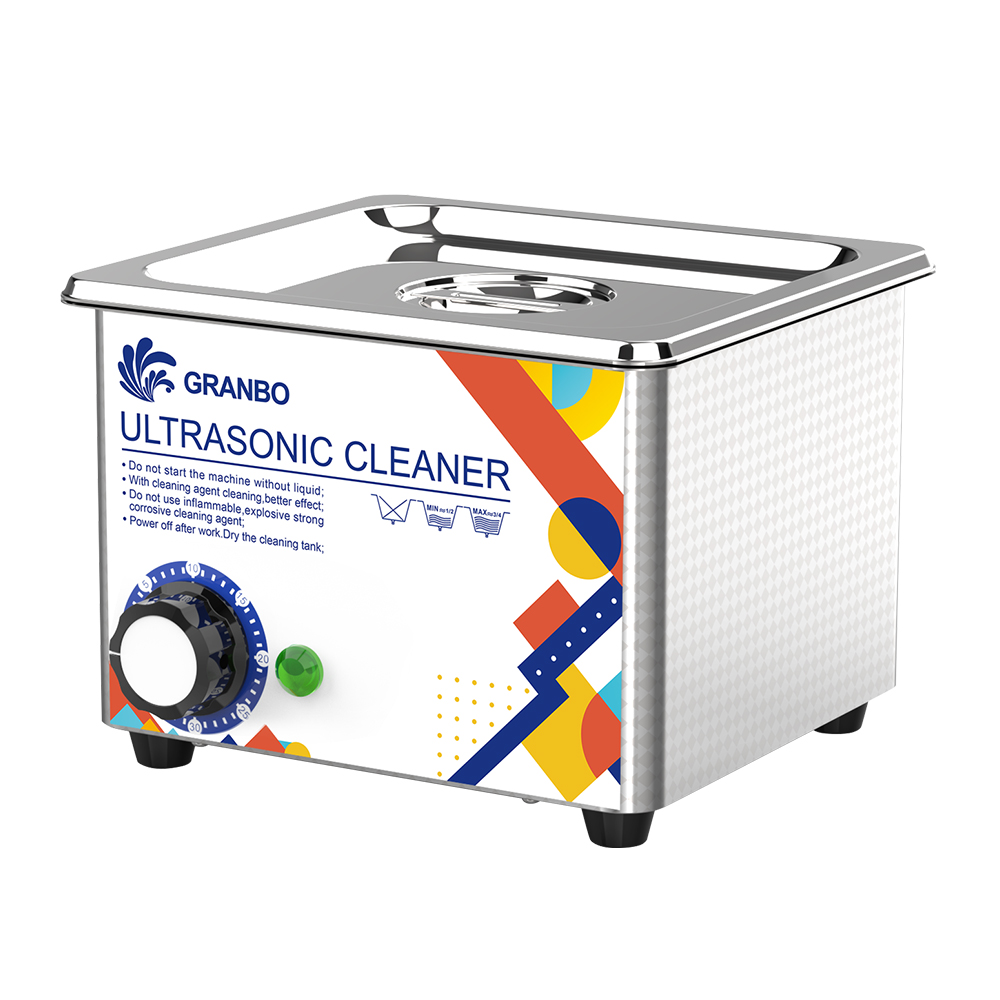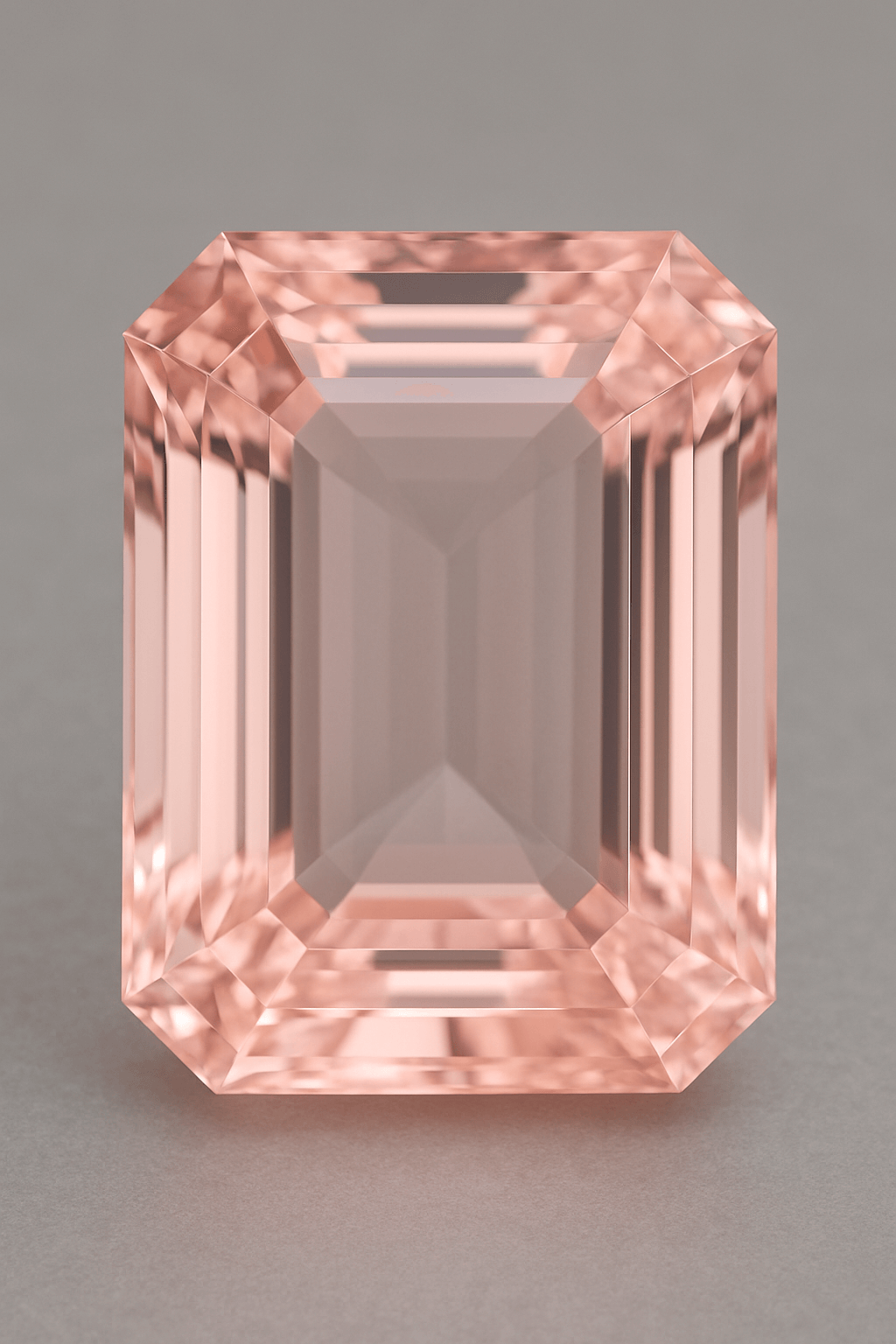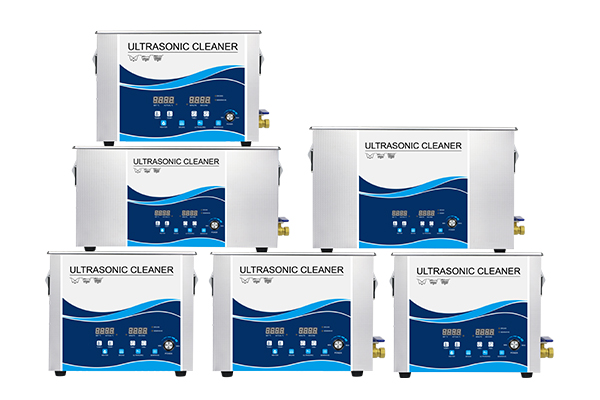Makeup brushes are the unsung heroes of our daily beauty routine. They blend, buff, and perfect—but in return, they collect oils, pigments, skin cells, and bacteria. Cleaning them is essential for healthy skin and brush longevity. So, it’s natural to wonder: Can I clean makeup brushes in an ultrasonic cleaner? After all, ultrasonic cleaners are famous for their ability to deep clean intricate objects without manual scrubbing. Let’s explore together—without jargon or cold instructions—how ultrasonic cleaners fit into the world of makeup brush care.
Why People Consider Ultrasonic Cleaners for Makeup Brushes
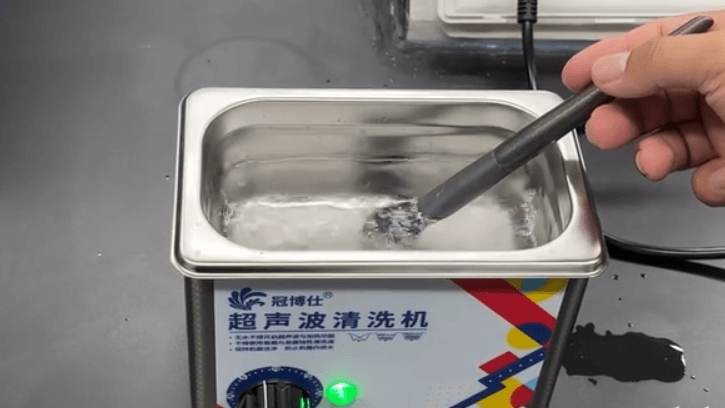
If you’ve ever struggled to clean a dense foundation brush or wondered whether your “clean” eye shadow brush is truly free of residue, you’ll understand the appeal. Ultrasonic cleaners work by creating microscopic bubbles in water or cleaning solution. These bubbles collapse and generate tiny shockwaves that dislodge grime from every crevice—no scrubbing needed. Sounds perfect, right? But makeup brushes are delicate tools with soft bristles and sometimes fragile glue at the ferrule (where bristles attach to the handle). So, we need to weigh the promise of deep cleaning against the potential risks.
The Science of Cleaning Brushes Ultrasonically
Ultrasonic cleaners excel at removing dirt and particles from hard, non-porous surfaces. Jewelry, dental tools, and even engine parts come out spotless. But makeup brushes aren’t solid metal—they’re a combination of soft bristles (natural or synthetic), glue, and wood or plastic handles. The cavitation bubbles can clean bristles beautifully but may stress the glue or even damage fragile bristles if the power or duration isn’t controlled.
If you choose to try it, low power settings and short cycles are key. And it’s crucial to keep the handle and ferrule out of the water as much as possible to avoid water seepage and glue weakening.
How to Select an Ultrasonic Cleaner for Makeup Brushes
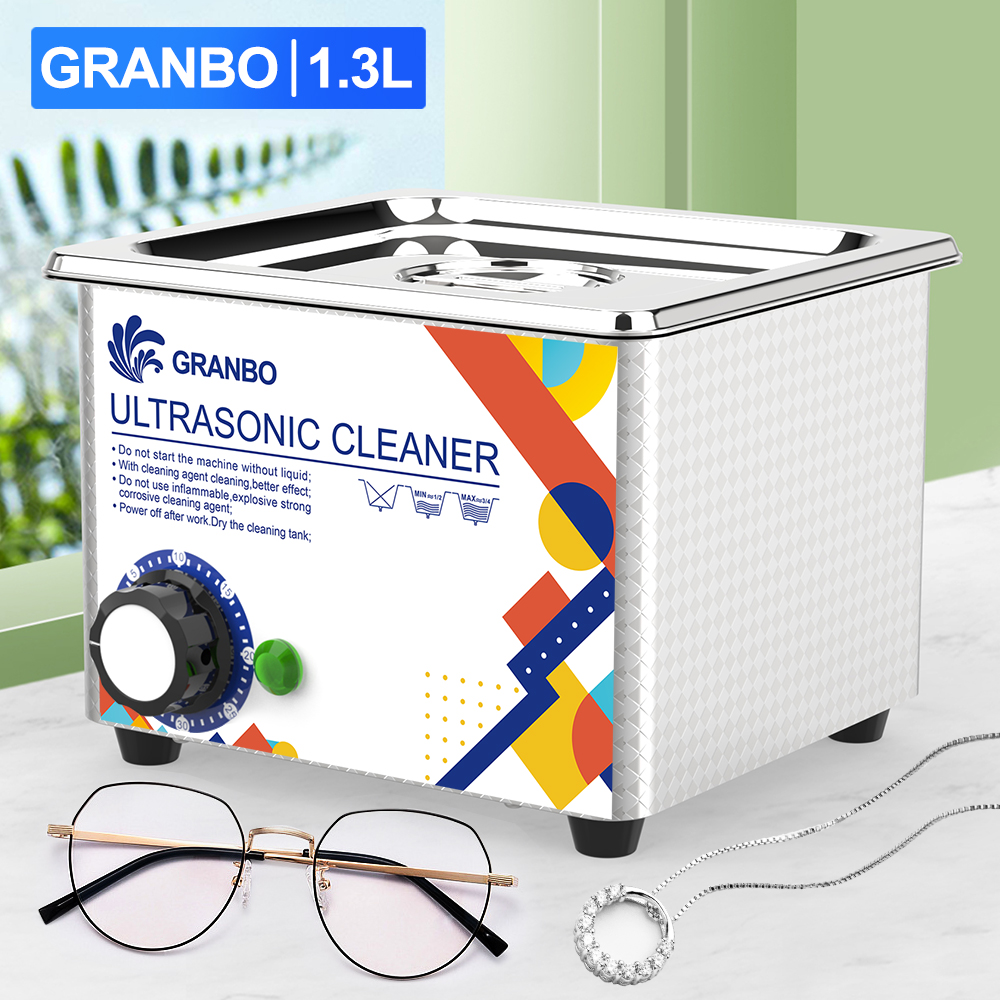
If you’re committed to using an ultrasonic cleaner for your brushes, the model you choose matters—greatly. First, power adjustability is essential. Brushes are far more delicate than metal tools, so a cleaner that allows you to lower the power output helps prevent excessive force on the glue and bristles. Ideally, choose a unit that lets you fine-tune between gentle and standard modes.
Next, consider the frequency. A frequency of 40 kHz or higher produces smaller, finer bubbles that clean more gently. Lower frequencies might be too aggressive and can damage soft or natural bristles over time. Some professional models even offer dual-frequency options, giving you versatility if you plan to clean other items too.
Capacity should match your needs. A small tank works fine as long as it allows you to place the brush heads inside without immersing the handles. Make sure the heads can fit without bending the bristles. Brushes forced into too tight a space will clean unevenly and may deform.
A built-in timer is highly recommended. Makeup brush cleaning should be quick—no more than 1 to 3 minutes per cycle. A timer lets you set exact durations to avoid overexposure to cavitation forces.
Real-World Experiences and Best Practices
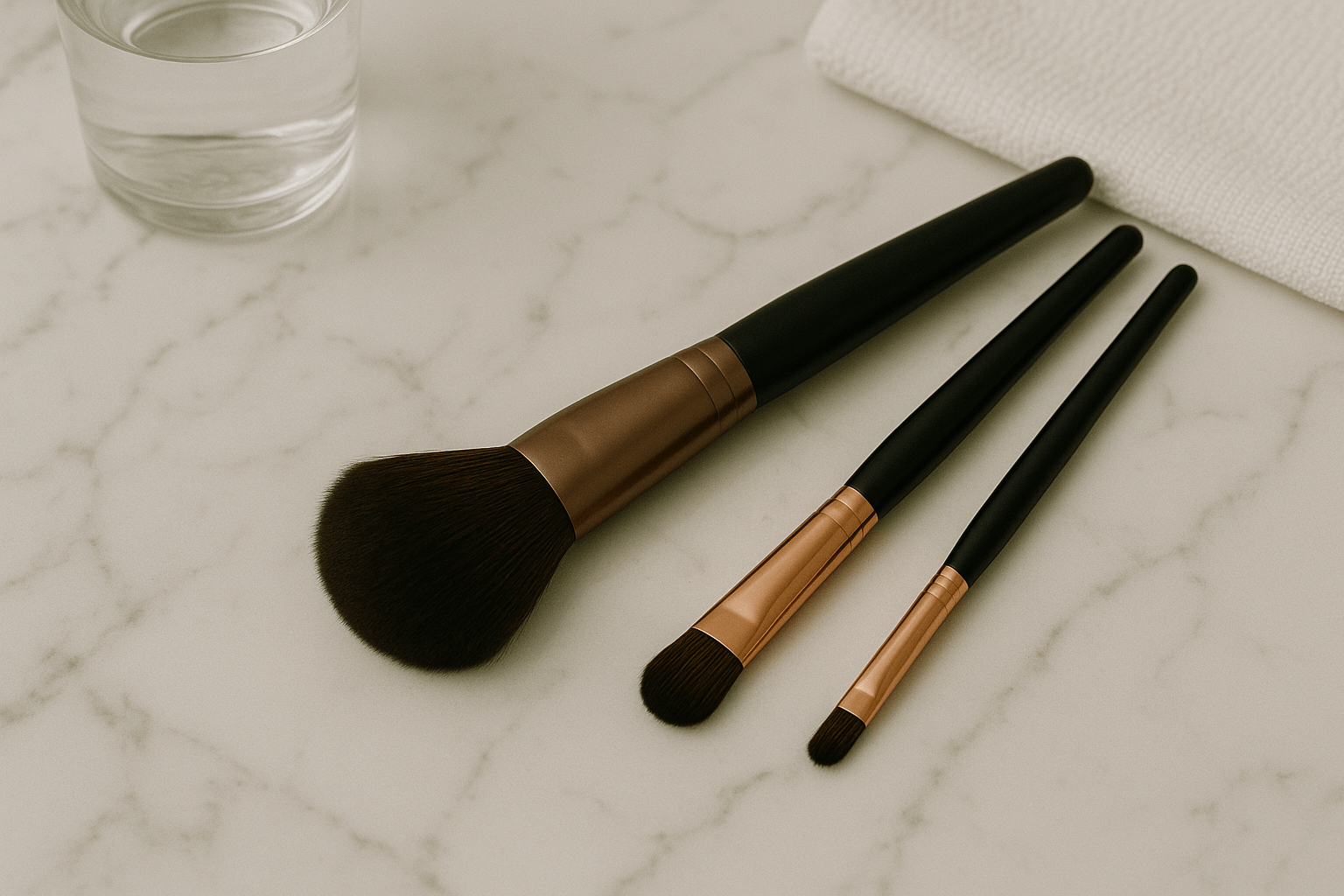
Beauty enthusiasts and makeup artists who’ve tried ultrasonic cleaning for brushes report mixed results. Some rave about the spotless bristles and ease. Others find their brushes shed more or feel rougher after repeated ultrasonic cycles. From my experience and research, it’s a tool best used sparingly—perhaps for deep cleaning sessions every few months, not as a weekly routine.
Pair the cleaner with a gentle solution: warm water plus a drop or two of baby shampoo or brush cleanser works well. Skip harsh detergents—they can dry out natural bristles or strip synthetic ones of their flexibility.
If You Don’t Use an Ultrasonic Cleaner: How to Clean Makeup Brushes
The good news is that makeup brushes can be kept in top condition without any special machine. The tried-and-true method is hand washing. Wet the bristles under lukewarm running water, being careful not to soak the ferrule. Add a drop of gentle cleanser—baby shampoo or a dedicated brush soap is ideal—and swirl the brush on your palm or a silicone brush cleaning mat. Rinse thoroughly, squeeze out excess water, and reshape the bristles before laying the brush flat to dry. This method is kind to both bristles and glue, and with regular care (once a week for face brushes, biweekly for eye brushes), keeps your tools hygienic and soft.
A Comparison of Cleaning Methods
| Method | Pros | Cons |
|---|---|---|
| Hand washing | Gentle, low cost, preserves glue | Time-consuming, less deep cleaning |
| Brush cleaning mats | Better cleaning than hands alone | Still requires effort |
| Ultrasonic cleaner | Deep cleans bristles thoroughly | Risk of glue weakening, bristle damage if misused |
Final Thoughts on Makeup Brushes and Ultrasonic Cleaning
Ultrasonic cleaners can clean makeup brushes effectively—but they’re a bit like using a power tool for a delicate craft. With caution, they can be part of your toolkit. Use gentle solutions, short cycles, and keep key parts dry. Your brushes (and your skin) will thank you.

